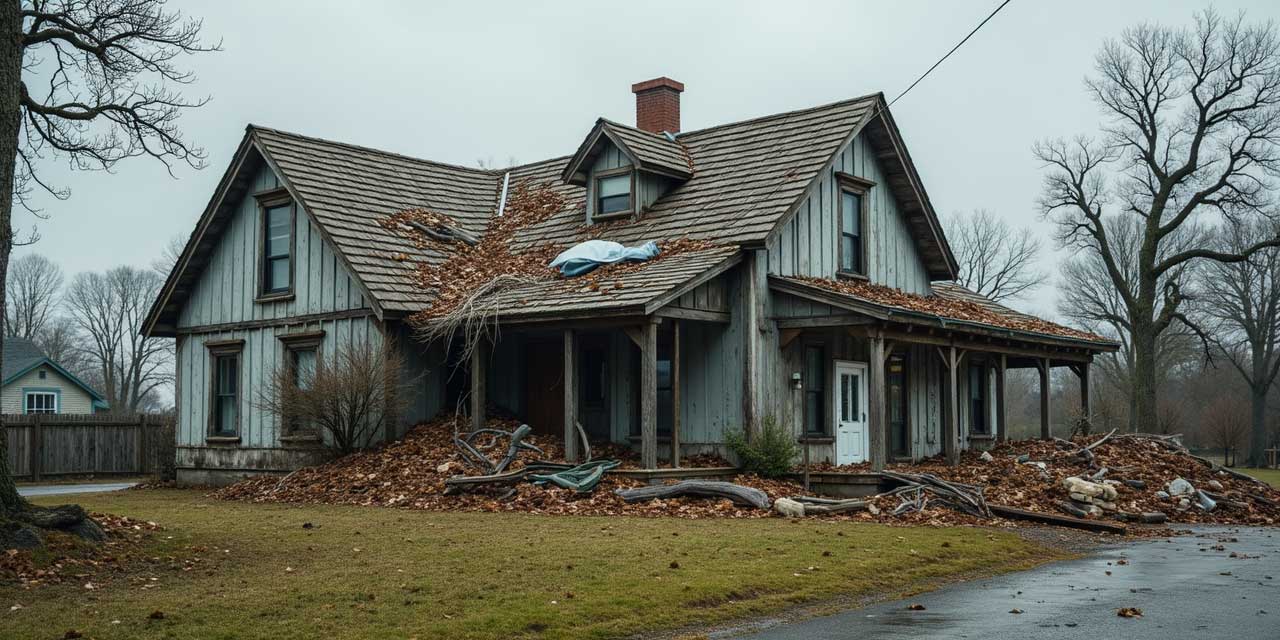The commercial real estate market has seen significant disruption and volatility for the past several years. After an initial slump, sales are surging in a market of new opportunities — and challenges.
Market and Asset Trends
Evolving retail
Even before 2020, the ecommerce sector had been steadily growing. The quarantine, however, accelerated its growth. According to the U.S. Department of Commerce Quarterly report, ecommerce comprised 14.3% of retail sales in Q3 2020. As ecommerce increased and foot traffic declined, both small and big box stores struggled. Established retail giants including Brooks Brothers and JCPenney filed for bankruptcy.
While we may see 20% less retail-dedicated real estate by 2025, physical stores still have a role to play. Brands can use them as distribution centers, pick-up locations, and showrooms. Brick-and-mortar stores will continue evolving to provide shoppers with a more personalized experience to drive brand loyalty.
Mall repurposing
Increased online shopping also affected mall traffic, which had been declining even prior to the pandemic. But these buildings have a ready-built infrastructure to transform into other uses. A survey from the National Association of Realtors found 39% of respondents thought malls could do well as mixed-use properties to include offices, stores, restaurants, and residences. Other investors and developers (about 25%) said malls were well suited for fulfillment centers or industrial properties.
Continued demand for industrial and warehouse properties
The robust ecommerce boom has driven a need for more industrial, warehouse, and final-mile fulfillment spaces. To deliver products quickly and efficiently — as B2B and B2C consumers expect — requires a network of distribution centers that spans urban, suburban, and rural areas. An NAR report, with information gathered from Real Capital Analytics, identified Atlanta as having the biggest increase in industrial real estate net absorption in Q1 2021. Chicago and Pennsylvania’s I-81/I-78 corridor also saw big increases.
Shifting multifamily markets
The standard rule of thumb — multifamily properties offer a low-risk investment — was tested by the mass exodus of people leaving cities during the pandemic. As people sought more space, larger units, and access to the outdoors, the commercial real estate pivoted similarly. Now, however, urban multifamily properties are again in high demand, as more workers return to offices and life begins to more accurately resemble pre-2020 days. The multifamily RE market is projected to increase at least 10% to $234 billion.
Office demand rebounds
A return to 9-5 Monday – Friday in-office work is unlikely. The transition to remote and hybrid workplaces is, many CRE experts say, here to stay. A gradual return to offices and companies’ shifting needs has helped the office market rebound. The role of offices is evolving, but they’ll remain important economically.
In Q2 2021, gross leasing activity rose 28.7% — and it was the first quarter market leasing passed 30 million square feet since early 2020. The momentum continued into 2022, with 84% of 390 metros experiencing increased occupancy into February, although it may take up to 11 quarters to reabsorb all the vacant office space (about 110 msf) vacant since early 2020.
Trending up? Operational real estate
The niche markets of storage, senior living, and student housing, while not always a traditional focus for investors, also continue gaining momentum. Total CRE investment in spaces like these doubled in 2021 to 12.3%. As the population of older Americans ages, this demographic will need more health services and assisted or retirement living spaces. In fact, by 2050, the U.S. will have nearly 90 million adults over age 65.
Financial Trends
In 2021, commercial sales transactions surpassed 2019 and 2020 totals to hit $809 billion. While sales were down 28% in Q1 2021, investor confidence began to grow with increased vaccine availability, return-to-work plans, and the public feeling more comfortable.
As of December 2021, commercial prices had increased by 24.4% YOY. Overall, prices were up 8% from pre-pandemic pricing.
- Self-storage increased 66%
- Industrial increased 41%
- Malls increased 27%
- Offices increased 6%
The CRE cap rate trends also showed a decrease across nearly all industries with the biggest cap rate decline in industrial.
Leasing activities have decreased as companies and organizations proceed with caution, approaching long-term leases with careful consideration. Many have found shorter, smaller suburban lease agreements — two or fewer years — more attractive. This approach gives companies more flexibility, and because suburban spaces tend to be smaller, they’re also more appealing to businesses who’ve embraced a hybrid model and may not require the same size footprint as in pre-pandemic times when everyone worked in-office all the time.
The share of real estate debt fund capital banks provide has decreased, as financial institutions navigate the red tape designed to decrease approvals on riskier deals. Pension funds and insurance companies have raised more debt capital and have plans to keep investing heavily in the CRE market.
The CRE industry also has taken notice of environmental concerns. More investors are prioritizing ESG (environmental, social and governance), as these investments both enhance energy efficiency while lowering operational costs and creating higher profit margins. Currently, over 65% of investment management firms have adopted ESG standards — specifically focusing on environmental factors — in their investment criteria.
CRE Cutting Costs, Too
Fluctuating consumer demand, vacancies, and an uncertain future are all pandemic-related complications prompting CRE professionals to prioritize cost reduction, according to Deloitte. Operating costs have increased, especially with the need to implement advanced health and safety systems. Some investors have also taken responsibility for equipping their buildings to provide a safer, healthy environment in a post-COVID world. In their search to trim costs, CRE firms are also seeking and implementing technology to boost efficiency, centralize information, and streamline processes.
The backdrop for CRE in 2022 remains one of transition, recovery, and expansion, with leading indicators favorable and most sectors poised for improvement in this year and beyond. With recovery evolving to expansion, improved rental growth in cities, investor focus on operationally-driven real estate assets, and a growing focus on ESG, everything’s pointing to a strong year for CRE performance.
Are you a commercial real estate investor or looking for a specific property to meet your company’s needs? We invite you to talk to the professionals at CREA United: an organization of CRE professionals from 81 firms representing all disciplines within the CRE industry, from brokers to subcontractors, financial services to security systems, interior designers to architects, movers to IT, and more.

